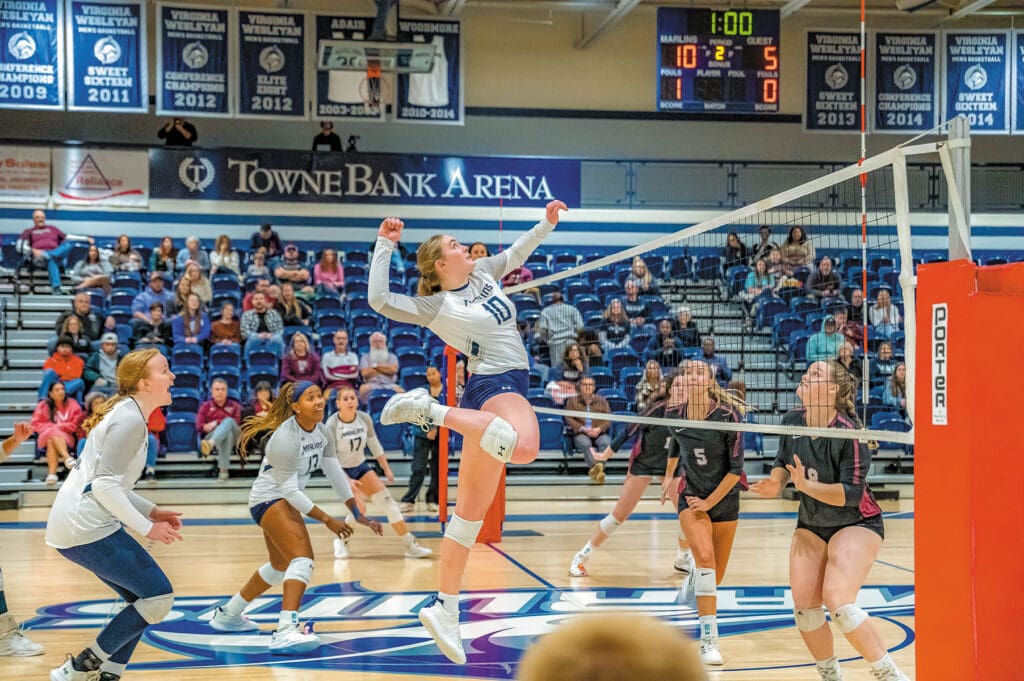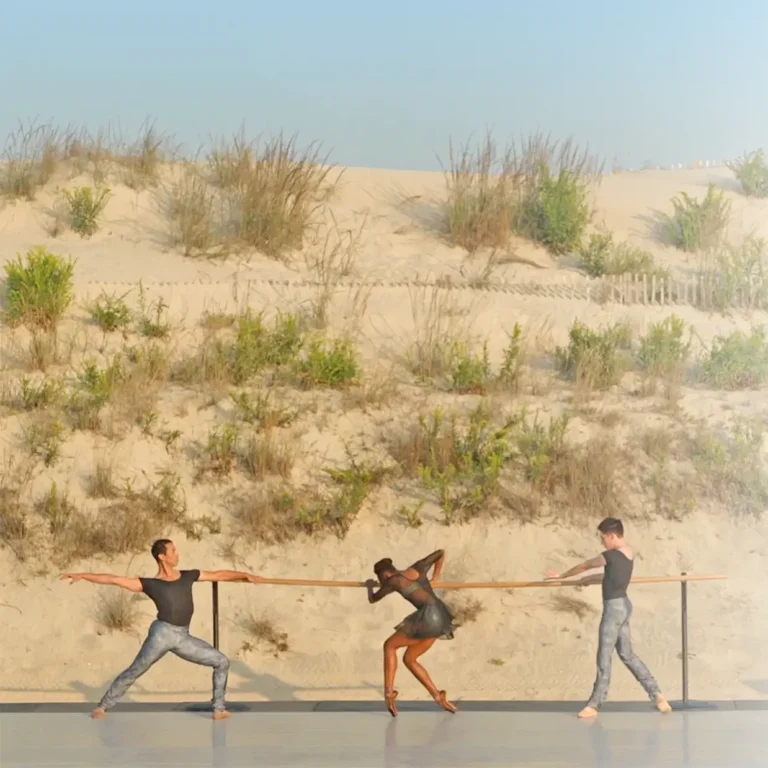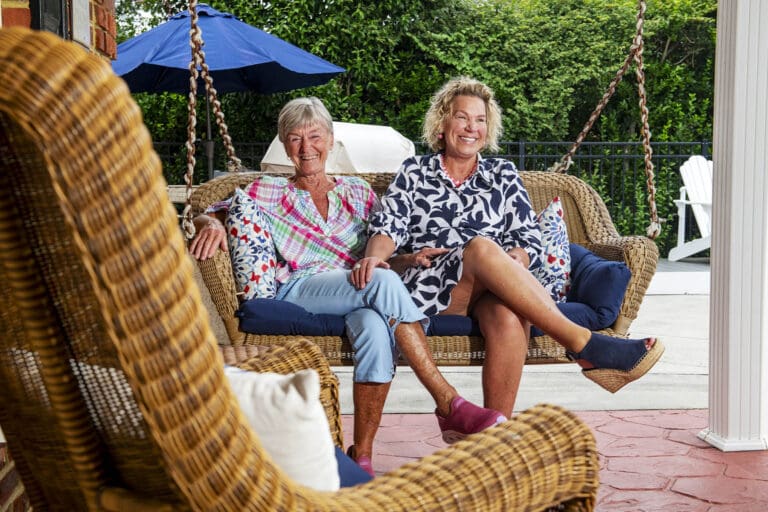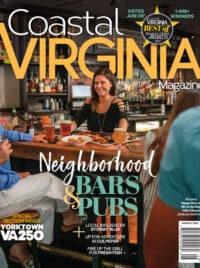A local college athletic director offers insight on opportunities and options for student-athletes navigating the college search process
By Leona Baker
Just about anyone who has ever picked up a bat at Little League or ran track in high school understands the power of play. Participating in sports is a physical and social rite of passage for many, but it also teaches teamwork, self-discipline and resilience among many other critical life skills.
Opportunities for kids to be involved in sports from a young age have also expanded tremendously in recent years thanks to the popularity of club sports.
For students making the transition from high school to college, athletics can factor significantly into their school selection process, affect their overall sense of health and well-being, and even play a role in how likely they are to graduate.
Whether they are actively recruited by a Power Five Conference school or just want to join a club team at a small private school, being involved in sports at the collegiate level is often a key part of a well-rounded post-secondary education.
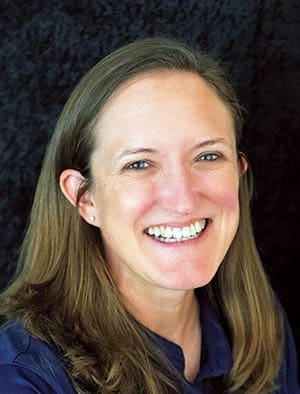
“One of the things that I enjoyed about being a coach was just those teachable moments where you can help student-athletes grow and become better in whatever facet of their life,” says Andrea Hoover-Erbig, former head volleyball coach and current executive director of intercollegiate athletics at Virginia Wesleyan University, “whether it’s academics or just being better people.”
Participating in something that is bigger than themselves helps to create a sense of purpose and belonging at a critical time in their educational journeys.
“I think the college years are such formative years,” Hoover explains. “A lot of times, for many students, it’s the first time where they’re experiencing independence like that. They’re making decisions about how they’re going to live. As a team, there’s a common goal. You have to learn to work together with people who are different than you.”
For student-athletes at any level, there is a lot to consider as they are making that transition from high school to college. Having an idea of what they want out of the experience—and what is realistic—is a good place to start.
We asked Hoover-Erbig for some insight on the opportunities and options out there for student-athletes and their parents navigating the college search process. Her responses are included here. This interview has been edited for length and clarity.
Coastal Virginia Magazine: Do you have advice for student-athletes as they are considering colleges and athletic programs, and is there a reality check as far as what opportunities are out there?
Andrea Hoover-Erbig: I think it’s always good for students and parents to think realistically, and I think there’s a lot of help out there to gain a better understanding of what opportunities exist.
Coaches at the club level and at competitive high schools often work with college coaches in the recruiting experience. They’re familiar with that, and I think if you’re working with quality people in those roles who have good experience, they can do a very good job of guiding parents and kids on where to look and what is realistic.
And it’s different for a lot of the student athletes who are going to end up at the Power 5 Conferences. Their trajectory and when they start getting attention from those schools and coaches is very different than the majority.
I think sophomore and junior year are becoming more and more where people should start thinking about it if they want to play college sports. That’s when you’re gathering information, having those conversations with recruiting coordinators or coaches to getting a better idea of what is a realistic fit.
What are some of the basic differences between conferences and divisions and relative school sizes and what do those mean for students?
Division I is at a level of the NCAA where a lot of programs are fully funded, and they offer full and partial athletic scholarships. Those can range from a school like University of Michigan, that has many thousands of students, to a Duke University that is much smaller but is still Division I. And then there are even further differences within Division I schools. You have the Power Conferences, and then you have smaller Division I schools.
Division II is also NCAA, and they usually have partial scholarships or a couple full scholarships. There’s probably a mix of players who are getting athletic awards and some who are not.
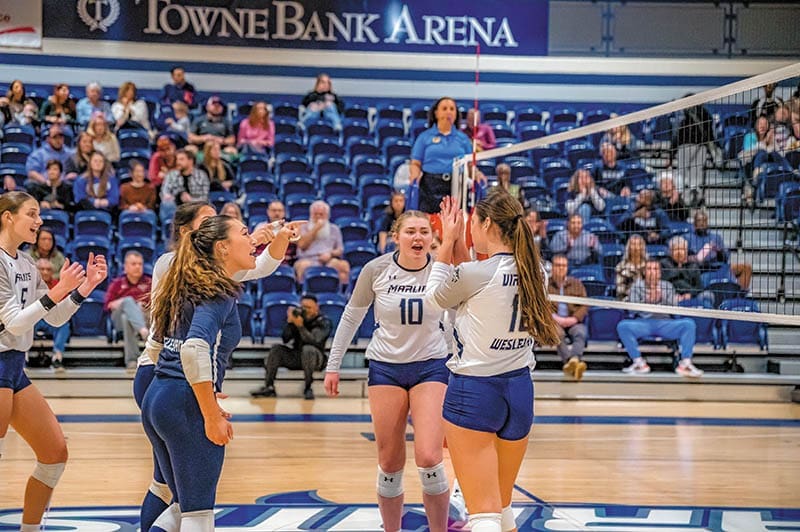
And then there is Division III, and, for a school like Virginia Wesleyan, we do not offer athletic scholarships and that’s a point emphasis of Division III. But Division III is the largest division in the NCAA with highest number of schools.
I think people often believe that the level of competitiveness is drastically different between the divisions, and obviously what we see on TV with the college football playoffs and power conference basketball, there is that difference.
But I think when you get to smaller Division I schools, Division II schools and really the highly competitive Division III schools, I think you can see a level of playing that’s very similar. So, we just encourage people to look into all the divisions and not necessarily be swayed by that kind of label.
How much should athletic scholarships factor into the decision? Are there other financial aid options and what else should students consider?
There are grants that come from the institution, there are loans including Federal Student Loans available and there are academic scholarships available in most places where they may call them merit scholarships. So, I think there are many other ways to fund your college experience, not just athletic scholarships.
I think people really just take pride in the fact that they can say that they’ve earned an athletic scholarship. That’s very exciting, you know, but I also think there are so many things when you are choosing a college that you want to take into consideration.
First, are they offering what you want to study? And then just the feel of the school and the fit of the school, the location of the school and the distance from home. I think for student-athletes, they ideally don’t want to pick the institution just based on their sport.
We always say, ‘If the sport is taken away for some reason, are you still going to be happy at the institution that you choose?’ I think that’s a really important question.
Striking that balance between academics and athletics can be challenging. What resources are available to help students navigate that?
At our Division III level, here at Virginia Wesleyan, we have the Learning Resource Center that’s a huge resource for all students as well as academic support programs within athletics.
I think you’re going to find a lot of places have resources offered to all students, but there is that extra layer of support whether it’s just within the coaching staff of your sport or in the athletic department where you have people you know helping you or monitoring your academic progress and helping you gain access to those resources—especially if you’re not meeting your expectations or are struggling in a certain area.
For us, us part of the benefit of a Division III school is that Wesleyan is a smaller community, and it’s harder to fall through the cracks. You do have a lot of different built-in layers of support. We want all of our student-athletes to be successful in their academic ventures.
For those students who may have played sports in high school and they just want to stay active, what other opportunities are there in college?
So intramural sports are awesome, and I think most college campuses have intramural sports, and that’s just within the campus community.
Then there are club level sports. They may get some funding from the institutions, but a lot of it is student-driven. But it allows people to keep playing. They get to play other schools. It’s just not as intense of a schedule of competition or practice as what a varsity sport would look like.
Seeking out opportunities to be a manager with a varsity team can also be a great option to stay active. There are always roles for managers out there and so if they don’t want to play but still want to be involved, that’s an opportunity.
And then there are athletic communications in sports information. At Virginia Wesleyan we employ close to 30 students through either Federal Work Study or Campus Cooperative who work for our athletic department.


